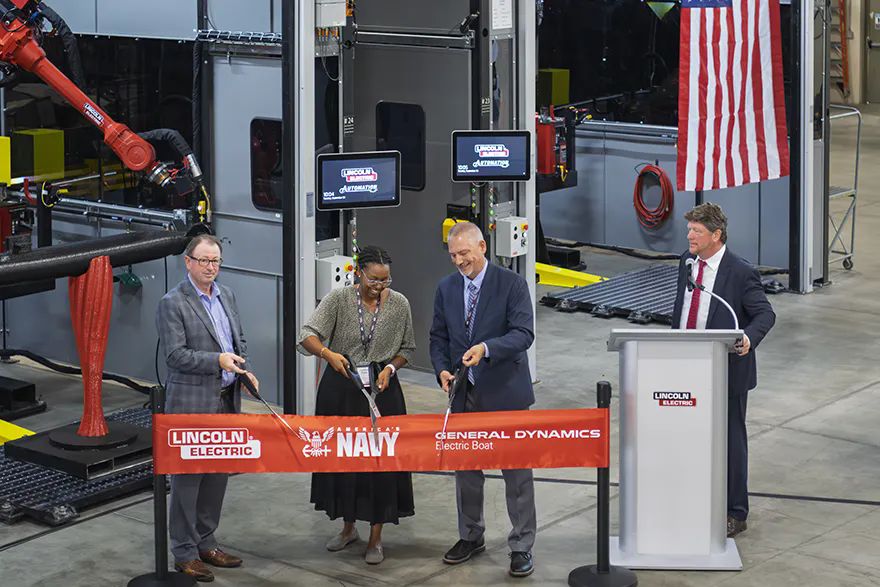
The US Navy’s Maritime Industrial Base (MIB) Program has announced a major investment in additive manufacturing (AM) to support the accelerated construction of nuclear-powered submarines. In partnership with
General Dynamics Electric Boat and
Lincoln Electric, the initiative aims to integrate large-scale 3-D printing into submarine production to meet increasing demand and overcome persistent supply chain challenges.
The Navy is under pressure to deliver one Columbia-class ballistic missile submarine and two Virginia-class attack submarines annually by 2028, while continuing to sustain its current fleet. This ambitious target has prompted a shift toward advanced manufacturing technologies to boost throughput and reduce delays.
Matt Sermon, executive director of the MIB Programme, said: “This programme is charged with strengthening and expanding the shipbuilding and repair capacity our nation needs for deterrence and warfighting. By investing in AM at scale, we are helping ensure our industrial base has the tools, technologies, and resilience required to meet the Navy’s mission.”
General Dynamics Electric Boat will source critical components from Lincoln Electric’s Additive Solutions facility in Cleveland, which now houses four SculptPrint machines — described as ‘state of the art’ in metal AM. This marks Lincoln Electric’s largest government-funded AM capital investment to date.
Ken Jeanos, vice president of supply chain, materials and logistics for General Dynamics Electric Boat, said: “Material availability continues to drive construction delays across the submarine enterprise. 3-D printed parts have the potential to accelerate construction and delivery of submarines to the US Navy by cutting lead times for critical components.
“This Maritime Industrial Base investment is a pivotal step to further unlock AM capabilities, enabling the defence industry to address complex supply chain challenges with innovative, efficient solutions. This partnership expands the use of AM and other innovative technologies that Electric Boat’s engineering and procurement teams have been working on for several years.”
Steven Hedlund, chairman and CEO of Lincoln Electric, said: “This investment strengthens our partnership with Electric Boat and solidifies Lincoln Electric’s commitment to delivering transformative solutions for the defence industrial base.”
The collaboration signals a significant step forward in the Navy’s efforts to modernise its manufacturing processes and ensure timely delivery of strategic assets.